class: center, middle, inverse, title-slide # Week 12 - Uncertainty ## Estimation <html> <div style="float:left"> </div> <hr color='#EB811B' size=1px width=800px> </html> ### Danilo Freire ### 15 April 2019 --- <style> .remark-slide-number { position: inherit; } .remark-slide-number .progress-bar-container { position: absolute; bottom: 0; height: 6px; display: block; left: 0; right: 0; } .remark-slide-number .progress-bar { height: 100%; background-color: #EB811B; } .orange { color: #EB811B; } </style> # Pinochet Regime .center[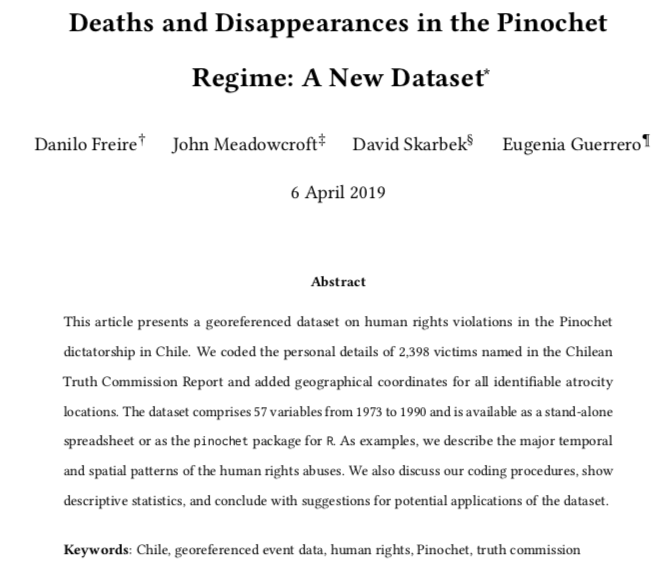] --- # Chicago Fire .center[] --- # Chicago Fire .center[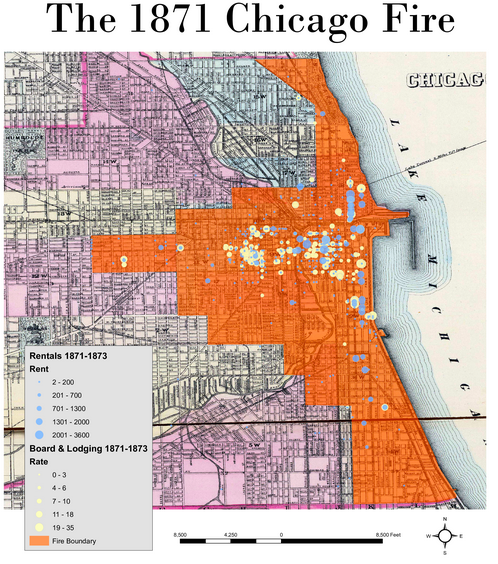] --- # Chicago Fire .center[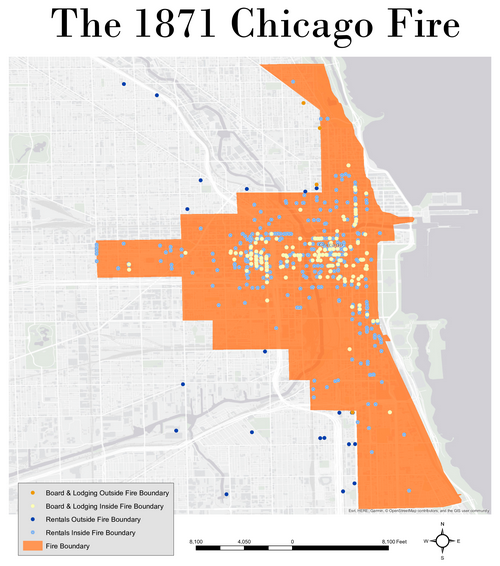] --- # What You've Learned .font130[ * Introduction to probability - Frequentist/Bayesian - Permutations - Combinations * Probability distributions - Bernoulli - Uniform - Normal * Two probability theorems - Law of large numbers - Central limit theorem ] --- # Statistical Inference .font150[ * Goal: trying to estimate something unobservable from observable data * What we want to estimate: .orange[parameter] `\(\theta\)` `\(\rightsquigarrow\)` unobservable * What you do observe: .orange[data] * What should we do?] -- .font150[ * We use data to compute an estimate of the parameter `\(\hat\theta\)`] -- .font150[ * (Notation: hat = estimator) ] --- # Parameters and Estimators .font150[ * .orange[Parameter:] the quantity that we are interested in * .orange[Estimator:] method to compute parameter of interest ] --- # Parameters and Estimators .font150[ * .orange[Parameter:] support for Beto O'Rourke in student population * .orange[Estimator:] sample proportion of support ] -- .font150[ * .orange[Parameter:] average causal effect of aspirin on headache * .orange[Estimator:] difference in mean between treatment and control ] --- # Quality of Estimators .font150[ * For the rest of this course, the question becomes: * .orange[How good is our estimator?] - How close in expectation is the estimator to the truth? - How certain or uncertain are we about the estimate? ] --- # Quality of Estimators .font150[ * How good is `\(\hat\theta\)` as an estimate of `\(\theta\)`? * Ideally, we want to know the .orange[estimation error] `\(= \hat\theta - \theta_{truth}\)` * But we can never calculate this. Why? ] -- .font150[ * `\(\theta_{truth}\)` is unknown ] -- .font150[ * .orange[If we knew what the truth was, we didn't need an estimate] ] --- # Quality of Estimators .font150[ * Instead, we consider two hypothetical scenarios: - How well would `\(\hat\theta\)` perform over _repeated data generating processes_? .orange[bias] - How well would `\(\hat\theta\)` perform _as the sample size goes to infinity_? .orange[consistency] ] --- # Bias .font150[ * Imagine the estimate being a random variable itself * Drawing infinitely many samples of students asking about Beto * What is the average of the sample average? Or what is the expectation of the estimator? * bias = `\(\mathbb{E}\)` (estimation error) `\(= \mathbb{E}\)` (estimate - truth) `\(= \mathbb{E} (\bar{X}) - p = 0\)` ] --- # Bias - Important! .font150[ * .orange[An unbiased estimator does not mean that it is always exactly correct!] ] -- .font150[ * .orange[Remember:] bias measures whether in expectation (on average) the estimator is giving us the truth ] --- # Consistency .font150[ * Essentially saying that the law of large numbers applies to the estimator, i.e.: * .orange[An estimator is said to be consistent if it converges to the parameter (truth) if N goes to `\(\infty\)` ] ] --- # Variability .font150[ * Next, we have to consider how certain we are about our results * Consider two estimators: - slightly _biased_, on average off by a bit, but always by the same margin - unbiased, but misses target left and right ] --- # Bias and Variance .center[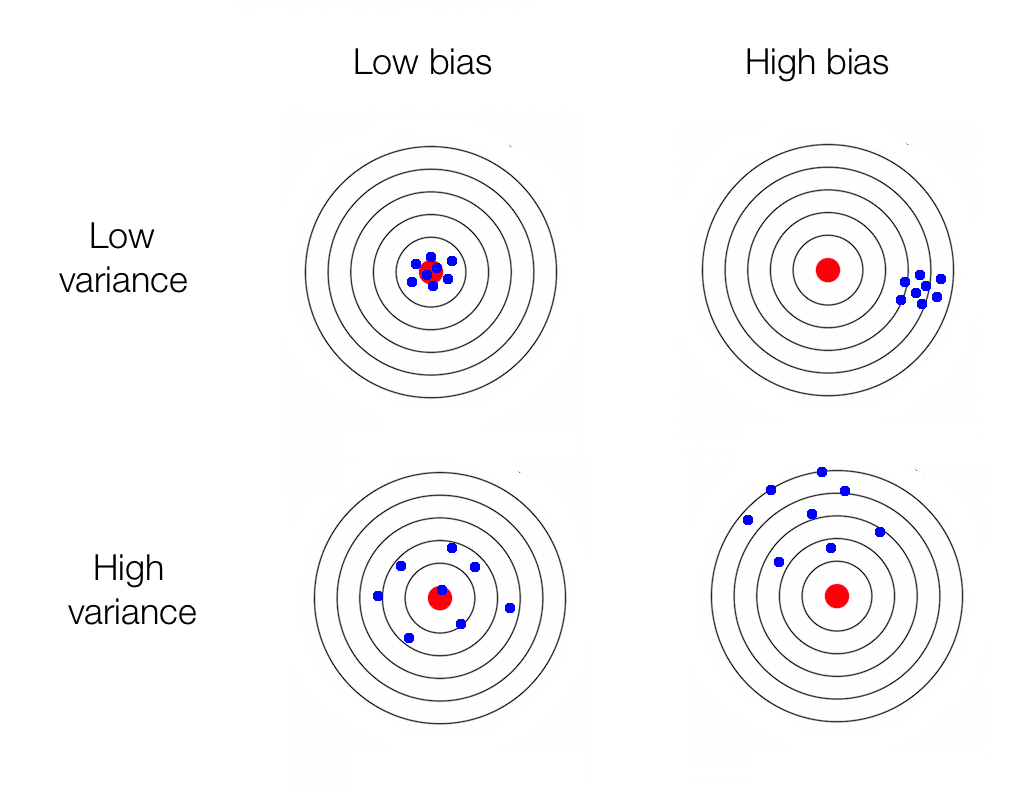] --- # Variability .font150[ * We characterise the variability of an estimator by using the standard deviation of the sampling distribution * _How do we find that?_ * Remember, the sampling distribution is the distribution of our statistic over hypothetical infinitely many samples ] -- .font150[ * .orange[We can't estimate it!] * We can't take infinitely many samples of any statistics (otherwise it would be better to sample the whole population directly!) ] --- # Standard Error .font150[ * We estimate the standard deviation of the sampling distribution from the observed data * .orange[Standard error] * Repeating: _The standard error is an estimated standard deviation of the sampling distribution_ * Each estimator/statistic has unique sampling distribution, e.g. difference in means ] --- # Standard Error .font150[ * We often don’t even know the sampling distribution of our estimators * How could we approximate it? ] -- .font150[ * .orange[Central limit theorem!] ] --- # Confidence Intervals .font150[ * Central limit says: * `\(\overline{X} \approx N(\mathbb{E}(X), \frac{\mathbb{V}(X)}{N})\)` * Regardless of the distribution of `\(X\)` ] --- # Confidence Intervals .font150[ * We can use the approximation to the sampling distribution, `\(\overline{X} \approx N(\mathbb{E}(X), \frac{\mathbb{V}(X)}{N})\)` to construct .orange[confidence intervals] * Confidence intervals give a range of values that is likely to contain the true value * Usually we select 95% confidence level ] --- # Confidence Intervals .font150[ * _For large samples_, we calculate CIs as follows: * Select a value for `\(\alpha\)`, usually 0.05 * Then, take the _critical value_: `\(z_{\frac{\alpha}{2}}\)`, which equals `\(1 − \frac{\alpha}{2}\)` quantile of the standard normal distribution * And we define the confidence interval as: `$$CI(\alpha) = \overline{X} - z_{\frac{\alpha}{2}} \times SE, \overline{X} + z_{\frac{\alpha}{2}} \times SE$$` ] --- # Confidence Intervals .font150[ * Where do the critical values come from? * .orange[The curve of the normal distribution]: - Symmetric around 0 - Total area under the curve is 100% - Area between -1 SD and 1 SD is ~68% - .orange[Area between -2 SD and 2 SD is ~95%] - Area between -3 SD and 3 SD is ~99.7% * The precise value for 95% is 1.96 SD ] --- # Confidence Intervals .center[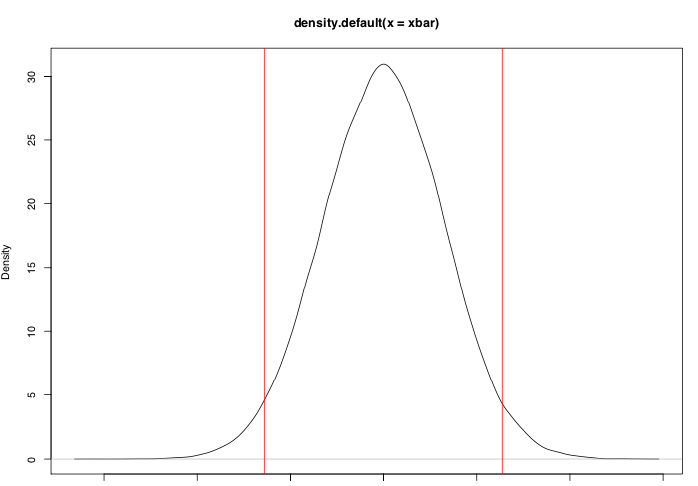] .font140[ Critical values are the exact vales between which the standard normal distribution will include `\((1-\alpha) \times 100\%\)` of the area ] --- # Confidence Intervals .font140[ * The interpretation of the confidence interval is _not_ straightforward * _It is not_ 95% chance that the interval contains the true value * It means: "Over a hypothetically repeated data generating process, confidence intervals contain the true value of parameter with the probability specified by the confidence level" (Imai, 2018) * In other words: if we repeat the experiment again and again, 95% of the confidence intervals would contain the true value of the parameter ] --- # Confidence Intervals .font150[ * Simulation: <https://shiny.rit.albany.edu/stat/confidence/> ] --- # Confidence Intervals .font130[ * Scientists are generally interested if the confidence interval contains a certain value * _Confidence intervals that do not contain zero are considered statistically significant_ * As a rule of thumb, if you take the mean plus or minus 2 x standard errors, and the interval does not contain zero, we say that `\(p < 0.05\)` * But there is still a 5% chance that your interval _does not contain the true value_! * How can you know if _the particular interval you have_ is in the 95% that contains the true value or in the 5% that does not? ] -- .font130[ * .orange[YOU CANNOT KNOW] ] --- # Confidence Intervals .font150[ * How to address that issue? - Replications - Meta Analyses ] --- # Meta Analyses .center[] --- # Meta Analyses .center[] --- class: inverse, center, middle # Questions? <html><div style='float:left'></div><hr color='#EB811B' size=1px width=720px></html> --- class: inverse, center, middle # See you on Wednesday! <html><div style='float:left'></div><hr color='#EB811B' size=1px width=720px></html>